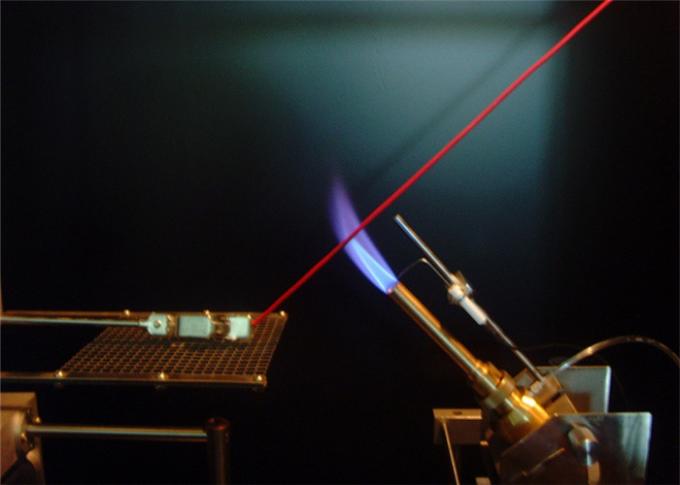Ensuring Fire Safety in Textile Products with Horizontal Flammability Testing

Horizontal flammability testing is an important aspect of ensuring fire safety in textile products. This test involves exposing a fabric sample to a controlled flame for a specified period and observing its behavior.
Here are some key points that explain why horizontal flammability testing is crucial for textiles:
—Textiles are one of the most common sources of ignition in residential fires. When a textile product catches fire, it can spread flames quickly and release toxic smoke, making it difficult to escape or extinguish the fire.

—Horizontal flammability testing simulates a real-life scenario where a small flame accidentally comes in contact with a textile product. By testing the fabric's response to flame, we can identify the risk of ignition and predict how the fire may propagate.
—The test measures several parameters such as burn rate, flame spread, and afterflame time. These parameters determine the fabric's flammability rating and indicate whether the product complies with relevant industry standards and regulations.
—Horizontal flammability testing is mandatory for certain types of textile products, such as children's sleepwear, upholstered furniture, and draperies. These items must meet strict flammability requirements to minimize the risk of fire-related injuries or fatalities.
—Manufacturers, importers, and retailers of textile products who fail to comply with flammability standards may face legal penalties and damage to their reputation. Therefore, it's essential to conduct thorough testing and ensure that the products meet all applicable safety regulations.
In summary, horizontal flammability testing is a critical step in ensuring fire safety in textile products. It helps identify potential fire hazards and ensures that the products meet industry standards and regulations. By doing so, we can reduce the risk of fire-related incidents and protect consumers from harm.
2023-05-12 09:50

